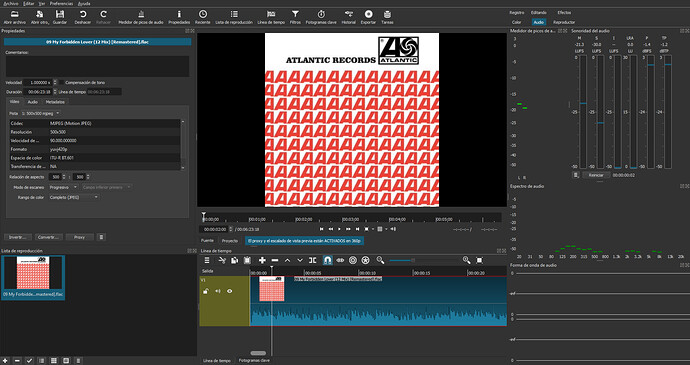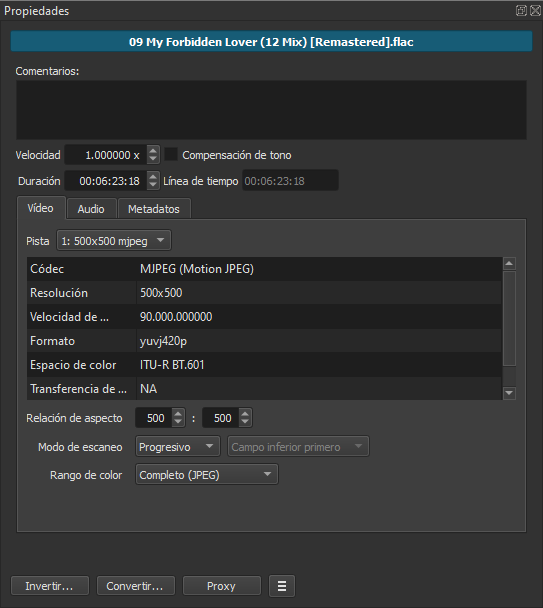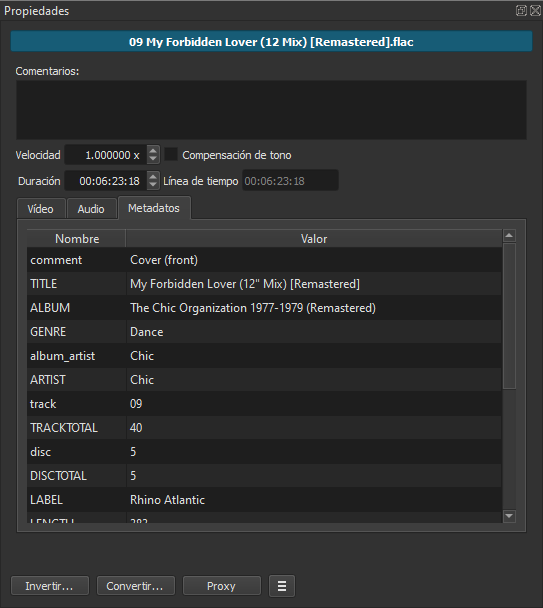It’s not quite that simple. Best I can tell, MLT writes incomplete and/or inaccurate metadata when exporting FLAC without a container. However, writing FLAC metadata in a raw file is not as straight-forward or feature-rich as other formats, hence the complication when the goal is to be a generic media-handling toolkit like MLT.
Shotcut is built on MLT. Converting Shotcut to something else would be like holding a skyscraper in the air while the foundation is swapped out.
However, there is a FOSS workaround.
Export the audio from Shotcut in a Matroska container. The Audio > FLAC export preset may be a good starting point. Then, from a terminal window, run this command:
ffmpeg -i "My Shotcut Export.mka" -c copy -f flac "My Containerless Audio.flac"
[If ffmpeg is not installed, a copy can be found in the Shotcut installation directory.]
This removes the Matroska wrapper and is completely lossless with no re-encoding (at least for the audio data, not so much for the metadata). Now, the Matroska file can go back into Shotcut for further editing, then deleted when done. The .flac file can go directly to your audio library.
However, I noticed that when I played the containerless .flac file in VLC, there were similar problems such as no duration detected and difficulty seeking. In all frankness, while containerless FLAC is technically possible, I wouldn’t recommend it to anybody. Pretty much any program that’s FOSS enough to understand FLAC is also going to understand Matroska. Matroska fixes the metadata situation and enables random seeking.
It depends on how strict the definition of “proprietary” is. WAV was co-developed by Microsoft and IBM, whereas ALAC was developed by Apple. So yes, corporations made them. But WAV doesn’t have any usage restrictions or licensing fees, and the original format is well outside patent expiration dates just like MP3. Here’s a link to the Library of Congress recommending WAV for archive preservation due to “no licensing required”:
WAVE Audio File Format
Similarly, Apple released ALAC as open source under an Apache license in 2011. See:
Apple Lossless Audio Codec - Wikipedia
The ALAC source code is found here:
GitHub - macosforge/alac: The Apple Lossless Audio Codec (ALAC) is a lossless audio codec developed by Apple and deployed on all of its platforms and devices.
In regards to licensing, FLAC has zero sharing advantage over WAV or ALAC. They are all equivalent.
Heavy compression used by FLAC is great for the final export when stored in a listening library that needs to be small. But that compression takes a lot of CPU to unpack while trying to edit real-time in Shotcut.
ALAC is also compressed, but it’s specifically designed to unpack fast with extremely low CPU usage so that it doesn’t drain the batteries of mobile devices. ALAC could be a sweet spot between FLAC and WAV in regards to performance and size.
I totally get FLAC for the final result. It’s just not-so-great during editing when performance is more important than file size. Not to mention that audio sizes are a fraction of video sizes, so the savings are hardly noticed in most cases (unless Shotcut is being used to edit an audio-only podcast).
I’m just putting out the possibility that other formats exist which achieve higher performance than FLAC while editing. If performance is already fine and a smaller file size is preferred, then more power to you, you’ve already got the best that can be had.


